Astrological Symbols Page #3
This page lists all the various symbols in the Astrological Symbols category.
Astrological symbols are images used in various astrological systems to denote relevant objects.
Symbols for the classical planets, zodiac signs, aspects, lots, and the lunar nodes appear in the medieval Byzantine codices in which many ancient horoscopes were preserved.
Symbols in this category:
Interconnecting Triangles
Interconnecting Triangles Representing Past, Present and Future.
Jupiter
Jupiter is the fifth planet from the Sun and the largest planet in the Solar System. It is a gas giant with mass one-thousandth that of the Sun but is two and a half times the mass of all the other planets in the Solar System combined.
Last quarter moon
Denotes a last quarter moon or a soli-lunar arc in the range 270°-315°.
Leo
One of the earliest recognized group of stars, with archeological evidence from as early as 4000 BCE, Leo is the 5th astrological sign of the Zodiac and is the symbol of the lion. It comes right after Cancer, just before Virgo and it is opposite to Aquarius.
Libra
Libra is one of the twelve astrological signs in the Zodiac, originating from the constellation of Libra. It spans the 180-210th degree of the zodiac, between 180 and 207.25 degree of celestial longitude, which the Sun transits this area on average between (northern autumnal equinox) September 23 to October 22 each year.
Mars
Mars is the fourth planet from the Sun and the second smallest planet in the Solar System. Named after the Roman god of war, it is often described as the "Red Planet", as the iron oxide prevalent on its surface gives it a reddish appearance.
Mercury
Mercury is the smallest and closest to the Sun of the eight planets in the Solar System, with an orbital period of about 88 Earth days. Seen from the Earth, it appears to move around its orbit in about 116 days, which is much faster than any other planet.
Monas Hieroglyphica
The Monas Hieroglyphica (or Hieroglyphic Monad) is an esoteric symbol invented and designed by John Dee, the Elizabethan Magus and Court Astrologer of Elizabeth I of England. It is also the title of the 1564 book in which Dee expounds the meaning of his symbol.
Monkey (zodiac)
The Monkey (猴) is the ninth of the 12-year cycle of animals which appear in the Chinese zodiac related to the Chinese calendar. The Year of the Monkey is associated with the earthly branch symbol 申.
Moon
The Moon is the only natural satellite of the Earth, and the fifth largest satellite in the Solar System. It is the largest natural satellite of a planet in the Solar System relative to the size of its primary, having 27% the diameter and 60% the density of Earth, resulting in 1⁄81 its mass. The Moon is the second densest satellite after Io, a satellite of Jupiter.
Navaratnas
The word “navaratna” (meaning ‘nine gems’ in Sanskrit) refers to an ancient Indian astrological system in which nine specific gems are used to represent the heavenly bodies.
Neptune
Neptune is the eighth and farthest planet from the Sun in the Solar System. It is the fourth-largest planet by diameter and the third-largest by mass. Among the gaseous planets in the solar system, Neptune is the most dense.
Opposition (planets)
180° angle/Six signs apart
The glyph of the Conjunction plus a circle on top of its line, implying two objects are in front (opposed) of each other.
Citation
Use the citation below to add this symbols category to your bibliography:
Style:MLAChicagoAPA
"Astrological Symbols." Symbols.com. STANDS4 LLC, 2024. Web. 25 Apr. 2024. <https://www.symbols.com/category/2/Astrological+Symbols>.



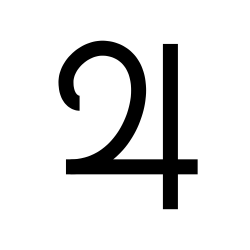



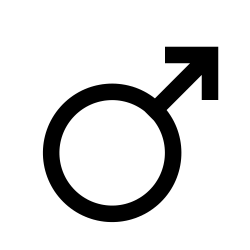
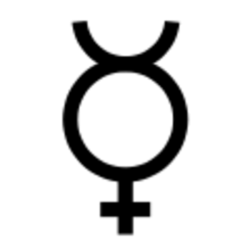
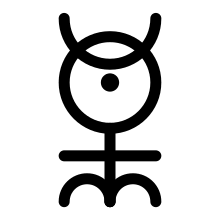
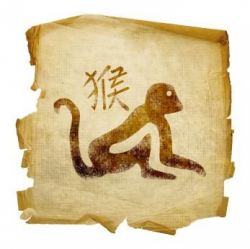
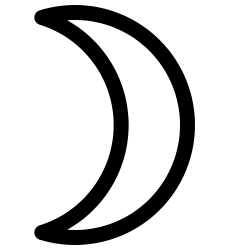




Have a discussion about the Astrological Symbols category with the community:
Report Comment
We're doing our best to make sure our content is useful, accurate and safe.
If by any chance you spot an inappropriate comment while navigating through our website please use this form to let us know, and we'll take care of it shortly.
Attachment
You need to be logged in to favorite.
Log In